Few industries have escaped the turbulence of shifting US trade policy, but for UK and EU pet brands, the latest round of tariffs has brought particular challenges. What began as a marginal adjustment in costs has now become a fundamental rethink of how brands approach the US market.
With tariffs introducing a baseline 10–20% increase on most exports, and some categories facing up to 30%, the impact is reshaping everything from sourcing and fulfilment to pricing and consumer engagement.
For many retailers, the removal of the 800 dollars de minimis exemption has been just as disruptive as the tariffs themselves. Low-value shipments that once slipped under the customs radar are now subject to duty charges and a maze of documentation. This means that even the small test orders and direct-to-consumer shipments that were once an easy entry point into the US market have become costlier and more complex.
A second issue is that carriers are now applying an additional clearance charge, which can be significant for low-value shipments. And most carriers are also applying a margin to the duty itself, increasing the overall cost even more.
The immediate effect is margin pressure. Larger brands with deeper pockets are absorbing costs in the short term to protect market share, while smaller and mid-sized businesses are left with harder choices. Some have paused US exports altogether, others are passing costs on to customers in small increments, and a few are testing alternative markets where tariff risks are lower.
Shifts in strategy
Certain categories are being hit harder than others. Pet food and treats are especially vulnerable because of their reliance on Asian ingredients and Chinese manufacturing. Reciprocal tariffs have pushed costs up steeply, and many treat lines that rely on film wraps or specialist packaging have seen a double blow due to China’s dominance in packaging materials.
Toys and accessories face similar issues. Many of the low-cost, high-volume products in this category are sourced from regions now carrying high tariff rates. For retailers, this means higher costs and reduced availability – a difficult combination when consumers expect shelves and online catalogues to be fully stocked with affordable choices.
The traditional model of shipping small volumes directly into the US is quickly becoming unviable. Without the de minimis exemption, duty is charged on every shipment, and the basis of calculation matters: import duties for direct-to-consumer…

 Menü
Menü

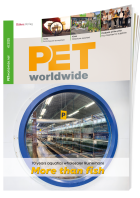



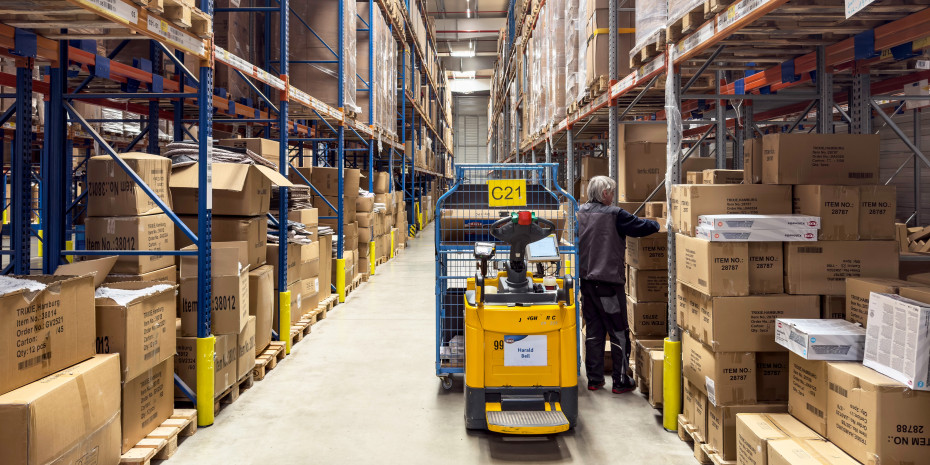



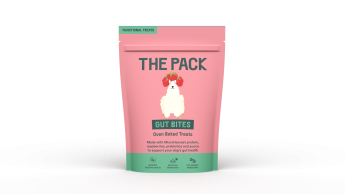

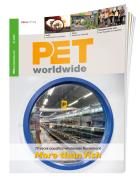





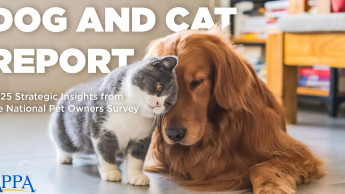
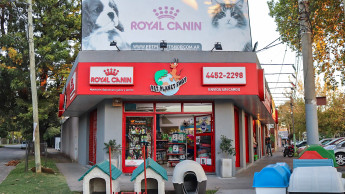

 Newsletter
Newsletter